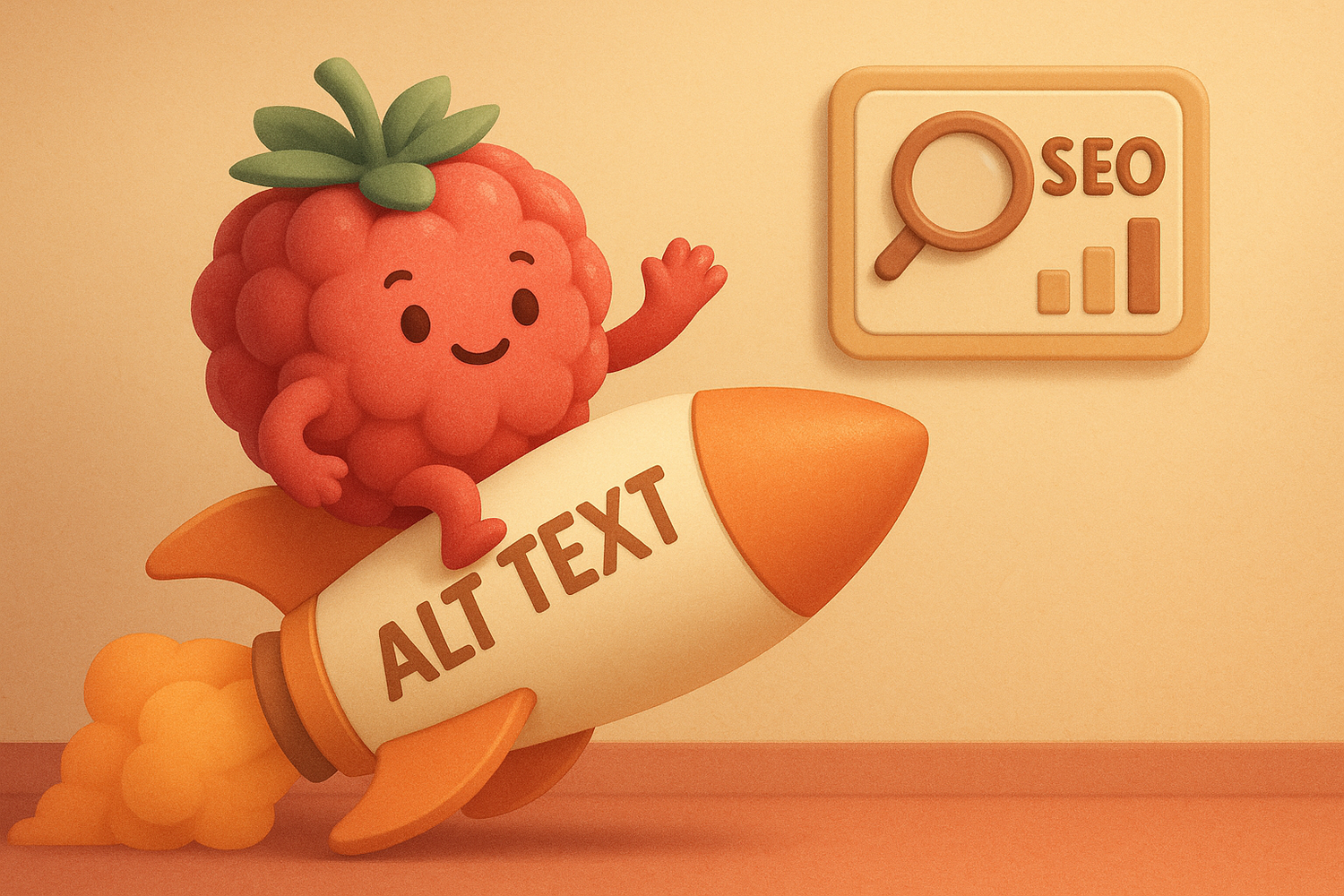More impact with less load time
Visual content gives websites personality — it sets the mood, explains things at a glance and communicates where words fall short.
At the same time, images can quietly become performance bottlenecks — especially when they’re not optimized for the web or search engines. In such cases, loading times increase, rankings drop and users leave faster than they arrived.
Yet with just a few smart tweaks, much can be achieved: Image SEO ensures that visuals not only look appealing but are also technically and contextually well integrated.
Images that get seen — even by search engines
Search engines can’t actually see what’s in an image — at least not initially. That’s why it’s essential to send the right signals:
✔ A clear, descriptive filename
✔ A well-written ALT text
✔ Proper placement within relevant content
Together, these elements help make images readable for search algorithms.
That way, a simple product photo becomes a discoverable asset — one that drives traffic, attracts new visitors, and supports brand visibility.
Speed matters — especially for images
In today’s mobile-first world, page speed is crucial. Formats like WebP or AVIF offer a strong balance between quality and file size. Even better: content delivery networks (CDNs) can automatically serve the optimal version of an image depending on whether a user is on a smartphone, tablet or desktop.
Modern e-commerce platforms already automate much of this. Still, it’s worth keeping an eye on file sizes and image scaling to ensure everything runs smoothly.
Context Is Key
An image’s impact isn’t just visual — it’s shaped by the context around it. Nearby text, captions and headings provide valuable clues to search engines.
Images perform best when they are placed in relevant thematic contexts and linked to meaningful content.
And remember: authentic, original images with recognizable style often outperform generic stock photos.
Behind-the-Scenes Optimization That Works
Images embedded via CSS or stored in restricted areas can’t be indexed by Google, meaning their SEO potential is wasted.
A dedicated image sitemap helps address this. It systematically lists all images and makes them accessible to search engines. Many CMS platforms already include this feature — Shopify, for example, offers it out of the box.
Not Every Image Needs Optimization
Decorative elements, icons or visuals in non-indexed areas don’t require optimization.
But if an image is meant to drive discoverability — whether in regular search or image search — it should be properly named, embedded, and described.
Knowing when and where the effort pays off is part of a thoughtful SEO strategy.
Conclusion: A Fine-Tuning That Pays Off
With just a few strategic adjustments, images can become true SEO assets. The most important steps are simple to implement:
✔ A clear filename, meaningful alt text, the right format and thoughtful placement within your content.
The result? Faster load times, better rankings — and visual content that’s not only seen but found.
